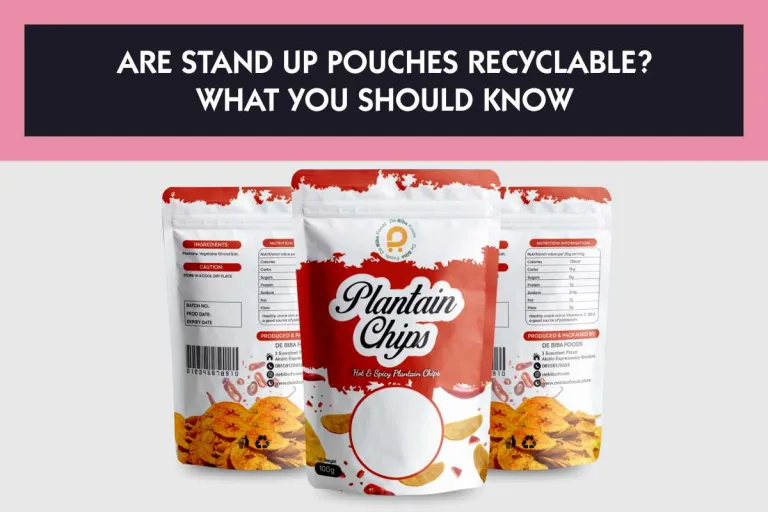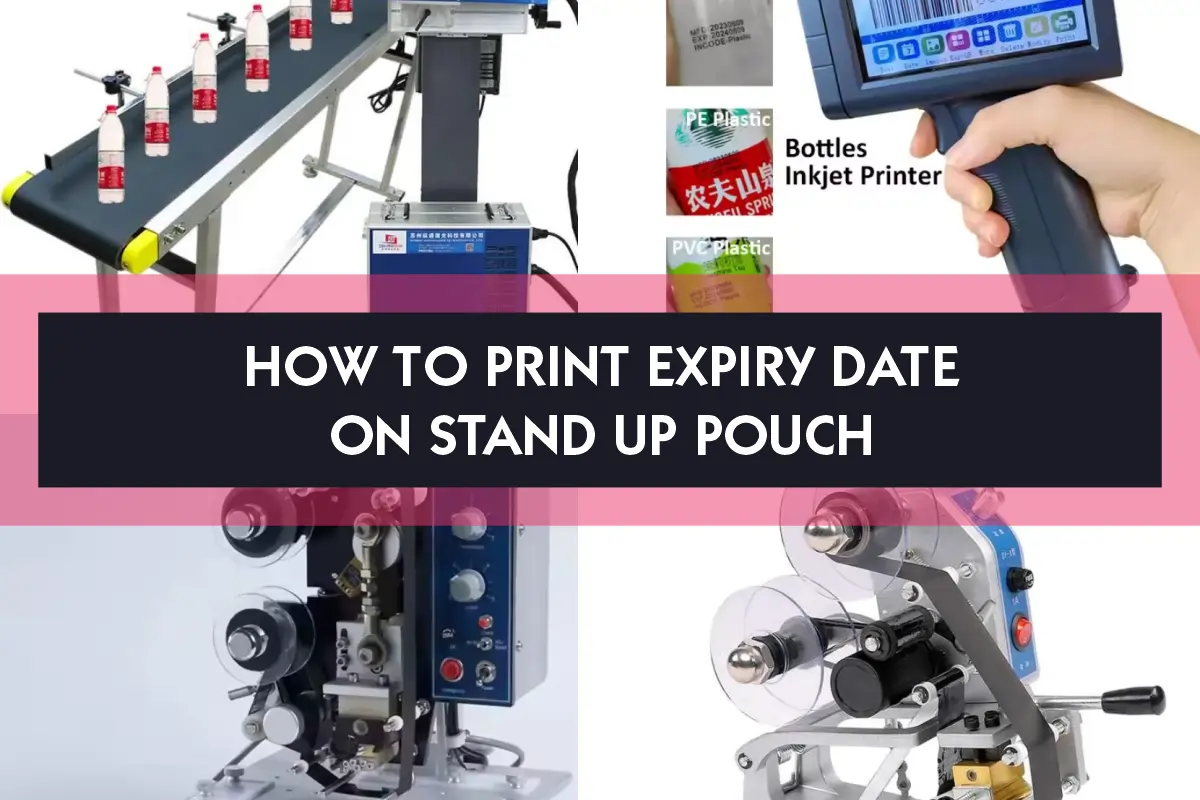Did you know that stand-up pouches are made up of multiple layers of materials, including plastic and aluminum? Did you also know that they can also hold up to 20 times their weight?
Well, yes, and now you know that despite their sleek appearance, they’re complex little things!
While stand up pouches often use up to 12% less material when compared to traditional packaging, we shouldn’t turn a blind eye to a pressing issue of recyclability. Have you ever wondered what happens to all those stand-up pouches after you’ve consumed and emptied them? With their mix of materials, recycling them isn’t as straightforward as tossing them in the bin. So, how crucial is recyclability for proper waste disposal and minimizing environmental impact?
Table of Contents
ToggleHere are What Stand Up Pouches Are Made From (Stand Up Pouches Composition)
Product stand up pouches are a popular packaging option for a wide range of products, including food, beverages, pet food, and more. Hence, they are always designed to provide durability, protection, and ease of use for both manufacturers and consumers.
The construction of stand-up pouches typically involves multiple layers of different materials, each serving a specific purpose to ensure durability, protection, and functionality.
Below are the 3 main materials stand up pouches are made with:
1) Plastic (Polyethylene, Polypropylene, Polyester):
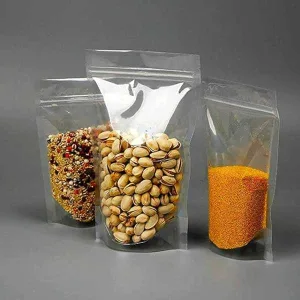
Plastic is the most commonly used material in stand-up pouches. The most common types of plastics used are polyethylene (PE) and polypropylene (PP). These plastics provide a moisture barrier, preventing the contents from drying out or absorbing external moisture. They also offer flexibility, which allows the pouches to be easily sealed and opened.
2) Aluminum:
Want To Print Something?
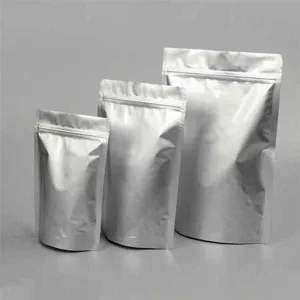
Aluminum is another material often used as a barrier layer in stand-up pouches. It provides an excellent barrier against oxygen, light, and moisture, thereby protecting the product from oxidation, discoloration, and spoilage. Aluminum foil is commonly used as an external or internal layer in pouches containing food or beverages that are sensitive to environmental factors. They are also used for products that need a long shelf life or are sensitive to external factors
3) Paper:
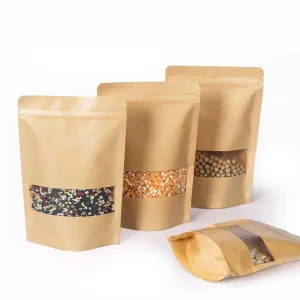
Paper is sometimes used as an outer layer in stand-up pouches, particularly for products that require printing or branding. Some pouches such as Kraft pouches are completely made of paper and sometimes laminated on the inside with plastic films or aluminum foil to create a multi-layer structure that combines the benefits of both materials. This internal lamination also makes them grease-proof.
The paper layer provides a surface for printing and can also contribute to the structural integrity of the pouch. Additionally, paper can provide an additional moisture barrier when combined with other materials.
The multi-layer construction allows stand-up pouches to offer superior protection against environmental factors, extend the shelf life of the product, and maintain its quality and freshness. The specific combination of materials and the number of layers used can vary depending on the product’s requirements and the desired level of protection.
By combining the strength, flexibility, and barrier properties of different materials, stand-up pouches provide a convenient and effective packaging solution that ensures the durability and protection of the product during transportation, storage, and display.
Can Stand-Up Pouches Be Recycled? (What Makes a Stand-Up Pouch Recyclable?)
Yes, some stand up pouches can be recycled while some stand-up pouches can not be recycled.
The recyclability of stand-up pouches ultimately depends on the kind of material they’re made from. Recyclable pouches are made from a single type of plastic (e.g., polyethylene or polypropylene) which makes them generally easy to recyclable, often with code 4 or 5. These are sometimes labeled as “curbside recyclable”.
Meanwhile, Non-recyclable stand up pouches are the kind of pouches with mixed materials, like those combining plastic, aluminum foil layers, mixed plastic resins, and metalized plastic layers, making them difficult to recycle in most processes because the materials cannot be easily separated.
How to Know if Your Stand-Up Pouch is Recyclable
Now that we know that not all stand-up pouches can be recycled, Here are some super easy ways to know and differentiate the pouches that can be recycled!
Want To Print Something?
- Look for a recycling symbol: Most recyclable pouches will have a recycling symbol somewhere on them. It might be a triangle with arrows chasing each other, sometimes with a number inside. If you see this symbol, it means the pouch is made from materials that can be recycled.
- Check for a number: If there’s a number inside the recycling symbol, it could be anything from “1-7”. That number tells you what type of plastic the pouch is made of and if the plastic is recyclable in your area. You should note that not all numbers mean it’s recyclable, but some do. For example, if you see the number 1 or 2, it means the pouch can be easily recycled in most places.
- Check Local Rules: Recycling rules can be different depending on where you live. So, see if your local recycling program accepts the type of plastic or material your stand up pouches are made of. You can check your city or town’s recycling guidelines.
- If unsure, check online or ask! If you can’t find a symbol or number, search for the brand or product name online to see if they mention recycling on their website. You can also call your local recycling center and ask if they accept stand-up pouches.
Remember, when in doubt, it’s best to throw it out instead of putting it in recycling if you’re unsure. This helps keep the recycling process clean and efficient!

